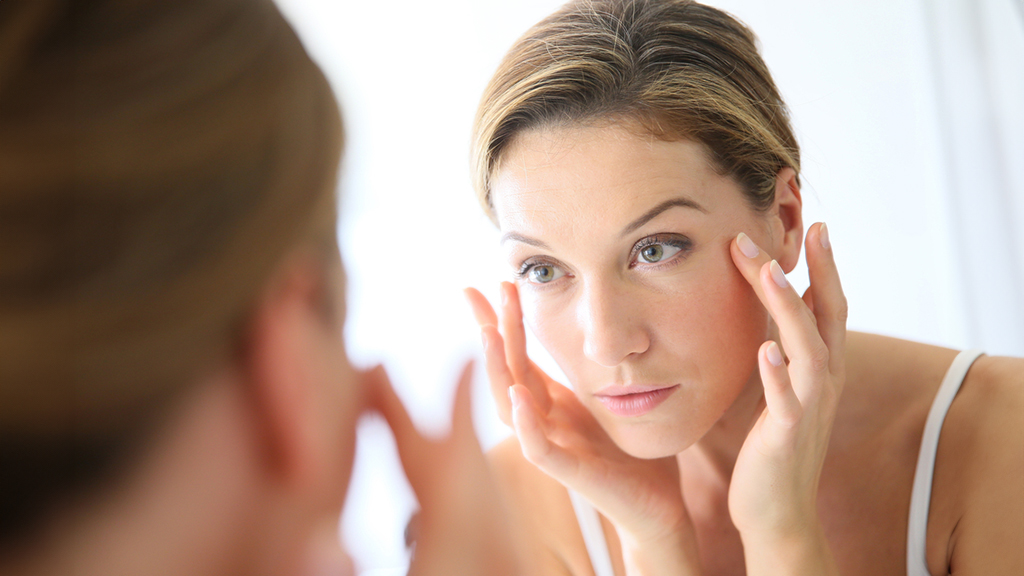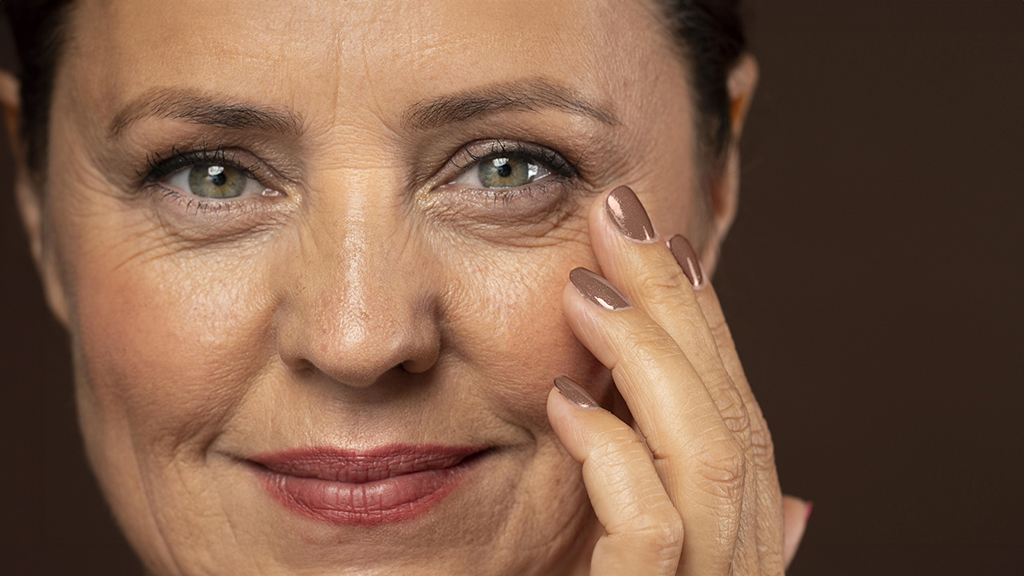Risks & Complications of Nipple & Areola Reconstruction
Every surgical procedure involves a certain amount of risk. It is important that you understand the risks involved. An individual’s choice to undergo a surgical procedure is based on the comparison of the risk to potential benefit.
Infection – this can range from a superficial wound infection, easily treated with antibiotics, to an infection of the implant if one is used. Implant infections are especially troublesome as, generally, the implant must be removed to fully treat the infection, then re-inserted at a later date.
Bleeding – although nipple reconstruction is a minor operation, it is possible to have a small degree of oozing from the wound. Bleeding under a nipple graft can result in lifting of the graft and failure to establish the new blood supply it needs to survive
Flap / Graft failure – any operation involving moving tissue from one place to another using either flap or graft techniques can result in the tissue not receiving a good enough blood supply to survive. In this case, the nipple reconstruction would need to be performed again
Nipple Collapse – a reconstructed nipple may lose its projection and flatten at any time from a few weeks to a few years after surgery. Although this can occur with any technique, it is more common with nipple grafts than with flap-based techniques
Poor position – Over time breasts change in shape and size, and a reconstructed breast will change in a different way to a natural breast. The best way to avoid mal-aligned nipples and areolae is not to rush into nipple reconstruction, but to allow the breast to settle into its final shape, and to check any skin markings in a mirror yourself before any nipple reconstruction or tattooing procedure starts.
Seroma – Fluid may accumulate around the implant following surgery, trauma or vigorous exercise. Additional treatment may be necessary to drain fluid accumulation around breast implants. This may contribute to infection, capsular contracture, or other problems.
Skin scarring – Excessive scarring is uncommon. In rare cases, abnormal scars may result. Scars may be unattractive and of different colour from surrounding skin. Additional surgery may be needed to treat abnormal scarring after surgery.
Allergic reactions – In rare cases, local allergies to tape, suture material, or topical preparations have been reported. Systemic reactions which are more serious may result from drugs used during surgery and prescription medicines. Allergic reactions may require additional treatment.
Surgical anaesthesia – Both local and general anaesthesia involve risk. There is the possibility of complications, injury, and even death from all forms of surgical anaesthesia or sedation.
Delayed healing – Wound disruption or delayed wound healing is possible. Smokers have a greater risk of skin loss and wound healing complications.
No nipple and skin sensation –Permanent loss of nipple and skin sensation can occur. Nipple sensation may be lost if nipple graft techniques are used.
Unsatisfactory result – There is the possibility of a poor cosmetic result from the breast reconstruction surgery. You may be disappointed with the size and shape of your nipple and areola. Asymmetry in nipple location, may occur after surgery. Unsatisfactory surgical scar location may occur. It may be necessary to perform additional surgery to improve your results.
Asymmetry –There can be no guarantee that the reconstructed nipple and areola will be identical for both breasts following surgery.
Additional Surgery Necessary
Should complications occur, additional surgery or other treatments may be necessary. Even though risks and complications occur infrequently, the risks cited are particularly associated with nipple and areola reconstruction. Other complications and risks can occur but are even more uncommon. The practice of medicine and surgery is not an exact science. Although good results are expected, there is no guarantee or warranty, expressed or implied, on the results that may be obtained.
Additional Advisories
Deep Venous Thrombosis, Cardiac and Pulmonary Complications: Surgery, especially longer procedures, may be associated with the formation of, or increase in, blood clots in the venous system. Pulmonary complications may occur secondarily to blood clots (pulmonary emboli), fat deposits (fat emboli) or partial collapse of the lungs after general anaesthesia. Pulmonary and fat emboli can be life threatening or fatal in some circumstances. Air travel, inactivity and other conditions may increase the incidents of blood clots travelling to the lung causing a major blood clot that may result in death. It is important to discuss with your surgeon any past history of blood clots or swollen legs that may contribute to this condition. Cardiac complications are a risk with any surgery and anaesthesia, even in patients without symptoms. If you experience shortness of breath, chest pain or unusual heart beats, seek medical attention immediately. Should any of these complications occur, you might require hospitalisation and additional treatments.
Smoking, Second-Hand Smoke Exposure, Nicotine Products (Patch, Gum, Nasal spray): Patients who are currently smoking, use tobacco products, or nicotine products are at a greater risk of significant surgical complications of skin dying, delay in healing and additional scarring. Individuals exposed to second-hand smoke are also at potential risk for similar complications attributable to nicotine exposure. Additionally, smokers may have a significant negative effect on anaesthesia and recovery from anaesthesia, with coughing and possibly increased bleeding. Individuals who are not exposed to tobacco smoke or nicotine-containing products have a significantly lower risk of this type of complication.
It is important to refrain from smoking at least six weeks before surgery and until your surgeon states it is safe to return, if desired.
Female patients’ information: It is important to inform your surgeon if you use birth control pills, oestrogen replacement, or if you believe you may be pregnant. Many medications, including antibiotics, may neutralize the preventive effects of birth control pills, allowing for conception and pregnancy.
Intimate Relations after Surgery: Surgery involves coagulating of blood vessels, and increased activity of any kind may open these vessels leading to a bleed or hematoma. Increased activity that increases your pulse or heart rate may cause additional bruising, swelling and the need for return to surgery and control of bleeding. It is wise to refrain from sexual activity until your surgeon states it is safe.
Medications: There are many adverse reactions that occur as the result of taking over the counter, herbal, and/or prescription medications. Be sure to check with your surgeon about any drug interactions that may exist with medication that you are already taking. If you have an adverse reaction, stop the medication immediately and contact us for further instructions If the reaction is severe, go immediately to the nearest hospital. When taking the prescribed pain medication after surgery, realize that they can affect your thought process. Do not drive, do not operate complex equipment, do not make any important decisions and do not drink any alcohol while taking these medications. Be sure to take your prescribed medication only as directed.
For details about procedures and treatments or for a consultation, advice and prices from our Dubai clinic please call +971 4 431 2396 or use our online form.


